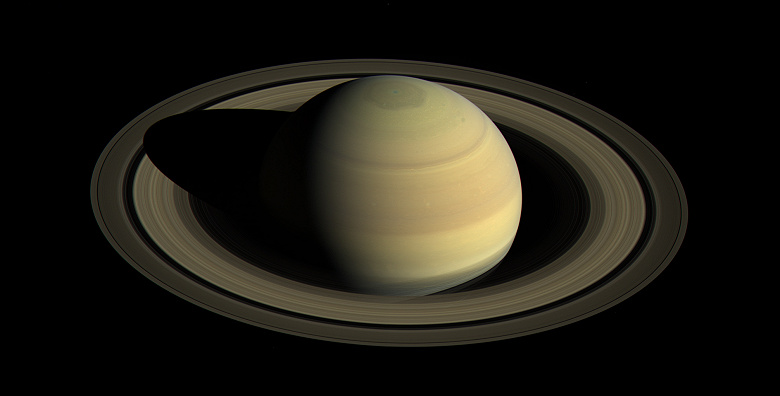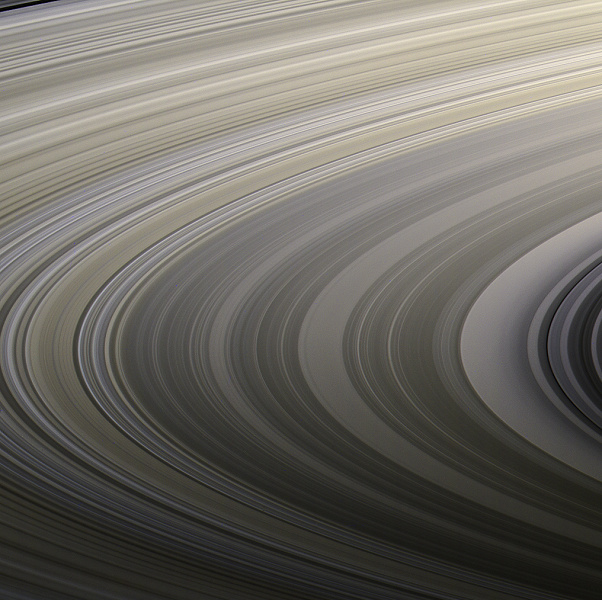New research based on supercomputer simulations explains the origin of Saturn’s rings. Scientists believe that the formation of the rings began with the collision of two icy satellites
Saturn’s gravitational pull left fragments in the planet’s orbit and helped form the rings that astronomers see today. Those fragments that did not fall into the rings most likely became the basis for the creation of some of Saturn’s moons.
“We still know very little about the Saturn system and its moons, which may support an environment suitable for life. Therefore, it is very interesting to study in detail how they could have evolved,” said researcher Jacob Kegerreys from the NASA Aerospace Center.
From 1997 to 2017, NASA’s Cassini orbiter space probe explored the Saturn system – its rings, icy moons, and atmospheric properties. One of Cassini’s discoveries was that Saturn’s rings were younger than expected. With this knowledge, scientists were able to more accurately model Saturn’s rings and moons.

To create the simulation, the team of scientists used the Distributed Research using Advanced Computing (DiRAC) supercomputer at the University of Durham (UK). They created models of collisions and ring formation under nearly 200 different scenarios and also simulated collisions between other satellites and debris. The resolution of these simulations is more than 100 times higher than previous models of the formation of Saturn’s rings.
New research explains the origin of Saturn’s rings and icy moons
The rings of Saturn are close to the planet, within the Roche limit for Saturn – this is the distance from the planet within which a second planetary body breaks up due to tidal forces from the first since the tidal forces exceed the gravitational forces of the second body. During simulations of collisions and ring formation, the researchers found that in a significant proportion of the scenarios, debris was scattered and distributed around Saturn within the Roche limits, which led to the formation of rings.

Almost all of Saturn’s rings are made up of large shards of ice, with very little rock or other material. Alternative explanations could not explain why there were so few stones in the rings, but in this study, scientists were able to identify this type of collision.
There could also have been a chain of collisions in which shards of ice and rock collided with other moons around Saturn. This could lead to the formation of the satellites we see today.
Researchers are now convinced that Saturn’s rings were formed as a result of the collision of two former moons of Saturn. The next question before them is: what influenced the collision of the satellites?
One possible scenario is that the extremely small effects of the Sun’s gravity on the moons could slightly destabilize their orbits around Saturn, leading to a collision.




